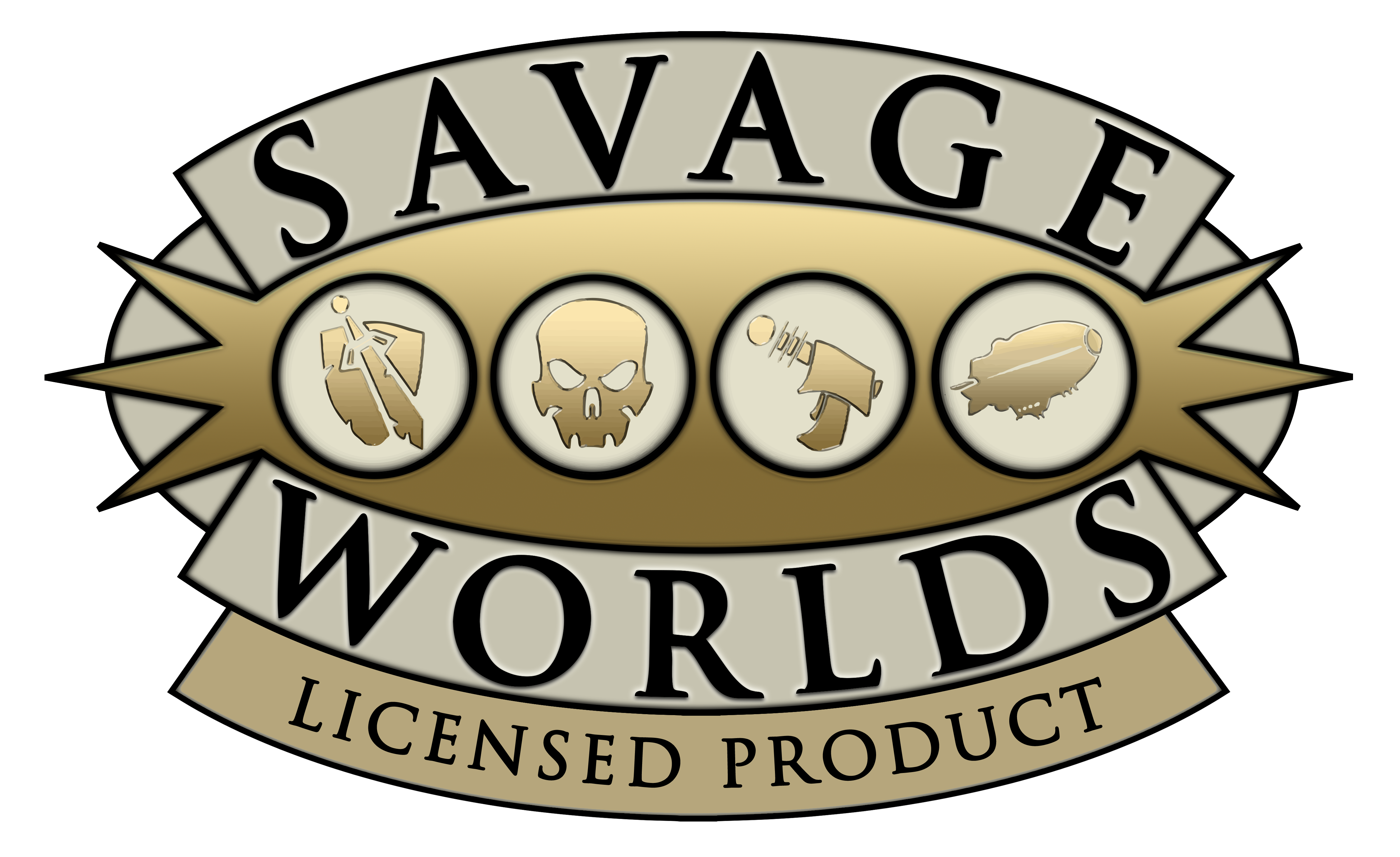This is why a GM should usually just set out the problem, without planning on a solution. Let the players come up with a solution. It will probably involve something exploding.
The map wasn’t there before – Nadav only takes it out when relative positions become an issue. For example, when there’s a small room, a large beast, a strange device, and some stairs, that all might have an important role in the combat rounds to come.
The group is using an erasable play mat (I personally use this one, from Paizo), with some meeple-like things to indicate who’s who. That’s not very high-tech, but that’s intentional – I find that if I use maps of specific settings or miniatures of specific creatures, the players’ imagination is fixed on these forms and go back to them even if I say “this orc-like mini represents the one-armed bandit”. If there’s no mini, but just a red token, their brains know it’s a representation of something, not an example of it, and so they can imagine whatever it needs to be.
That’s not to say minis and maps are inherently problematic – If you do have the exact (or even relatively close) minis and maps that you’re looking for, they can really enrich the game. In fact, when I use Roll20 I tend to take existing maps and build the encounters around them, because in an online play having the exact map is so very important to the experience, I think.
On this page…
Only one rules-thing is happening, regarding Muna’s Hindrance of being Heroic. Check out this handy Hindrances tag to see the previous pages in which we explain what it’s all about.
Related RPG article: Planning as a Player Motivation
If you enjoy our work and think it’s good, please consider paying a monthly $1 or more for it, via our Patreon page.
We are ad-free, and most of our funding comes from Patreon supporters. All other income comes from our small RPG products, available here.




